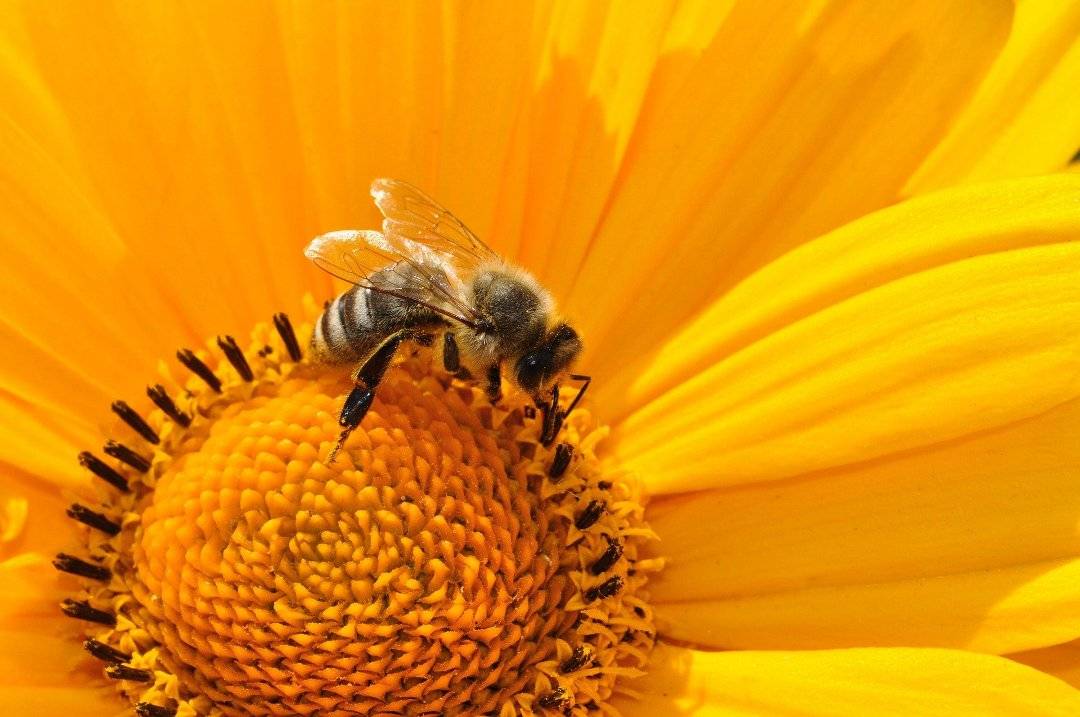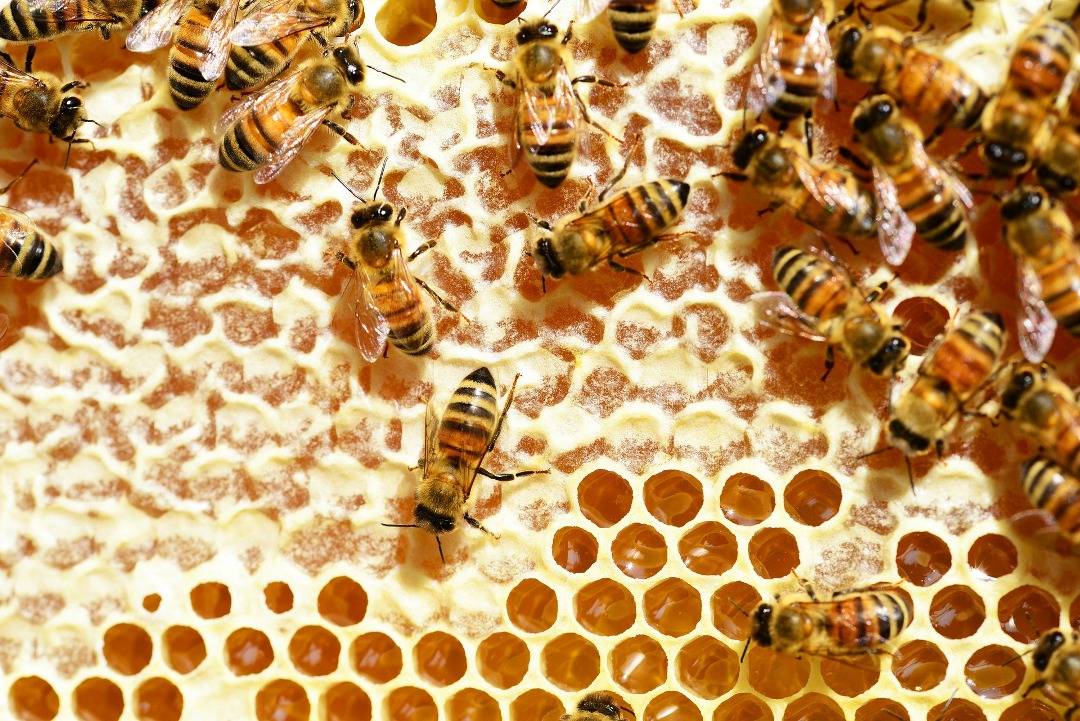
What’s a bee’s favourite day? Well, scientists haven’t been able to find out this yet, however, May 20 is celebrated as World Bee Day. It is actually the birthday of Anton Jansa (1734-1773), who was a Slovenian beekeeper, regarded as the pioneer of modern beekeeping and one of the most important authorities in the subject of bees.
Theme of World Bee Day 2021
This year’s theme is: “Bee Engaged: Build Back Better for Bees.”
Through this theme, the UN intends to emphasize creating a favourable environment for bees to thrive. It also takes into account the protection threats posed to the bees by the ongoing Covid pandemic.
Significance of World Bee Day
World Bee Day is celebrated to spread awareness of the threats that bees face due to human activities. The day also intends to make people aware of the vital role that these little buzzing creatures play in the ecosystem.
Bees are the biggest pollinators. Little do people know that if bees were wiped off from the Earth, the whole planet’s ecosystem would crumble. There would be no crop breeding!
In December 2017, UN approved the celebration of this day. The first World Bee Day was celebrated in the year 2018.
This year, World Bee Day 2021, is celebrated the fourth time.
All the countries celebrate the precious pollinators of the Earth – bees - on May 20, except the United States of America that celebrates National Honey Bee Day in the month of August (third Saturday). So, for this year, their day falls on August 21.
For more details on World Bee Day, read History, Significance, & Main Threats to Bees.
Amazing facts about bees
• Around 20,000 species of bees exist in the world.
• Bees reside in colonies.
• Each colony features the Queen bee, the worker bees, and the drone.
• The Queen bee and workers are females.
• Only the Queen bee reproduces.
• Drones are all males.
• Worker bees clean the beehive, collect pollens and nectar, and care for the offspring.
• Drone bees are there only for mating purpose with the Queen bee.
• The only thing Queen bee does it to lay eggs.
• Bees can a particular color, which humans cannot see. It is a blend of yellow color and ultra violet light. Scientists call it “bee’s purple.”
• An average bee makes a 12th of a teaspoon of honey in its entire lifetime.
• Bees follow democracy. They debate while choosing a new home. Each scout gets an equal platform. Each bee present in the colony performs its own research and there is a voting at the end. The Queen bee stays impartial.

Types of bees on Planet Earth (discovered so far)
Honey bees: They are also known as social bees. Their colonies are huge with 50,000 to 60,000 workers.
Bumble bees: These bees reside in smaller colonies, just 50-400 workers.
Mason bees and leaf cutter: They are also called solitary bees, as a single female bee lives alone in the nest.
Carpenter bees and digger bees: These bees usually live in the soil.
Mining bees: They are also called Andrena. They have huge families comprising thousands of bees. However, the female bee usually lives alone with nests close to each other.
So, the next time you hear the buzzing sound of a bee, think of her as planet Earth’s best friend, not just an insect that stings. And yes, don’t forget to have a spoonful of honey on World Bee Day!
For those into honey bee farming, don’t forget to read how to care for bees in the hive.

















